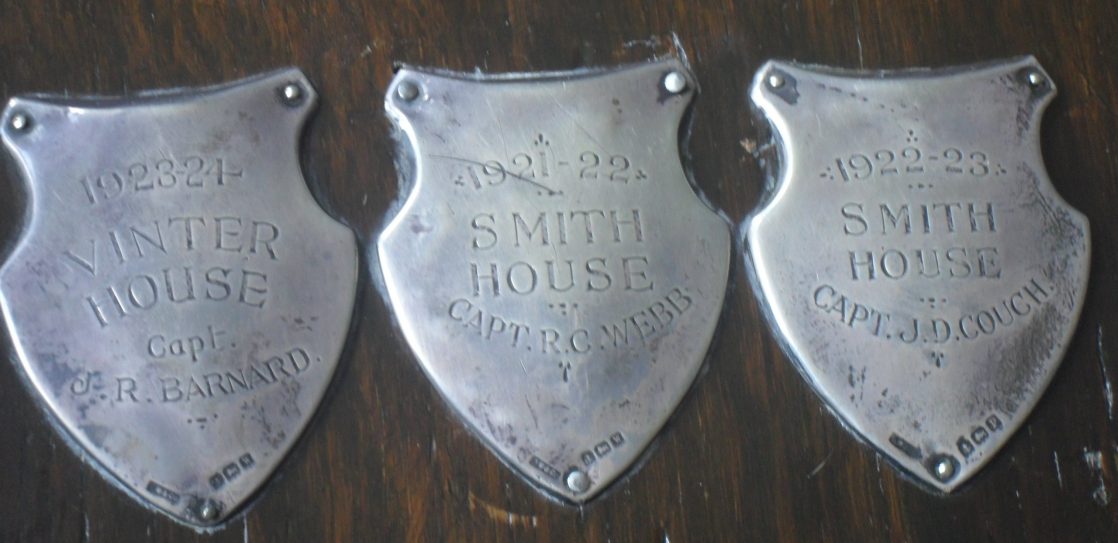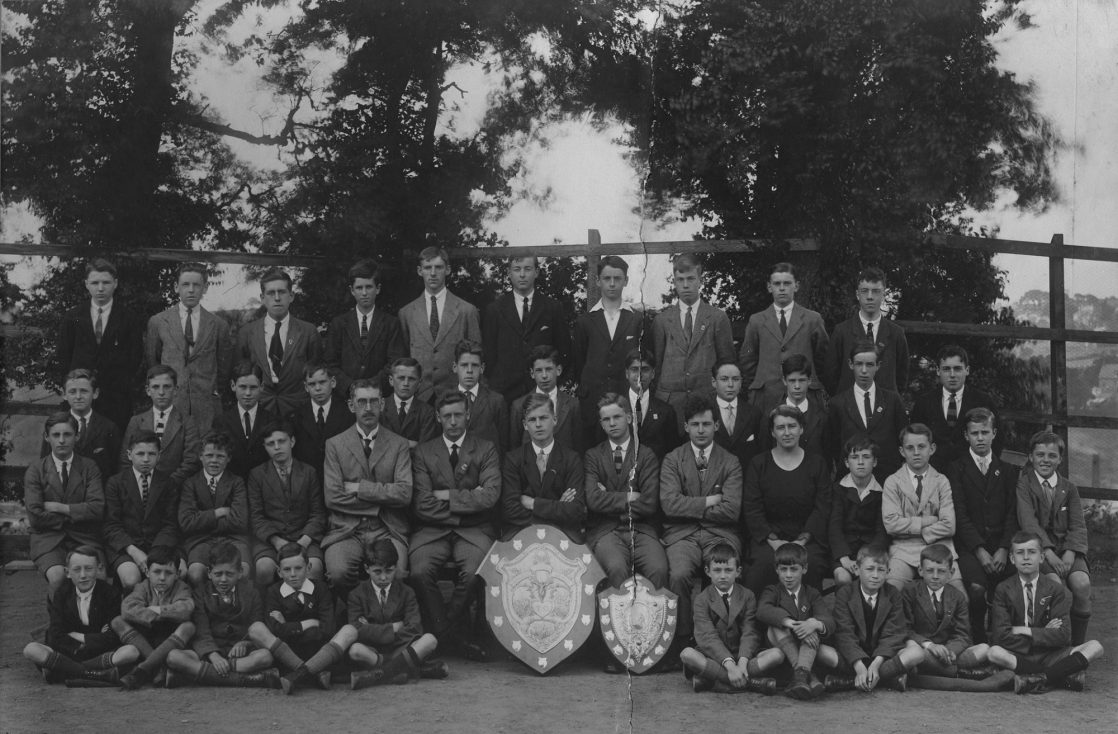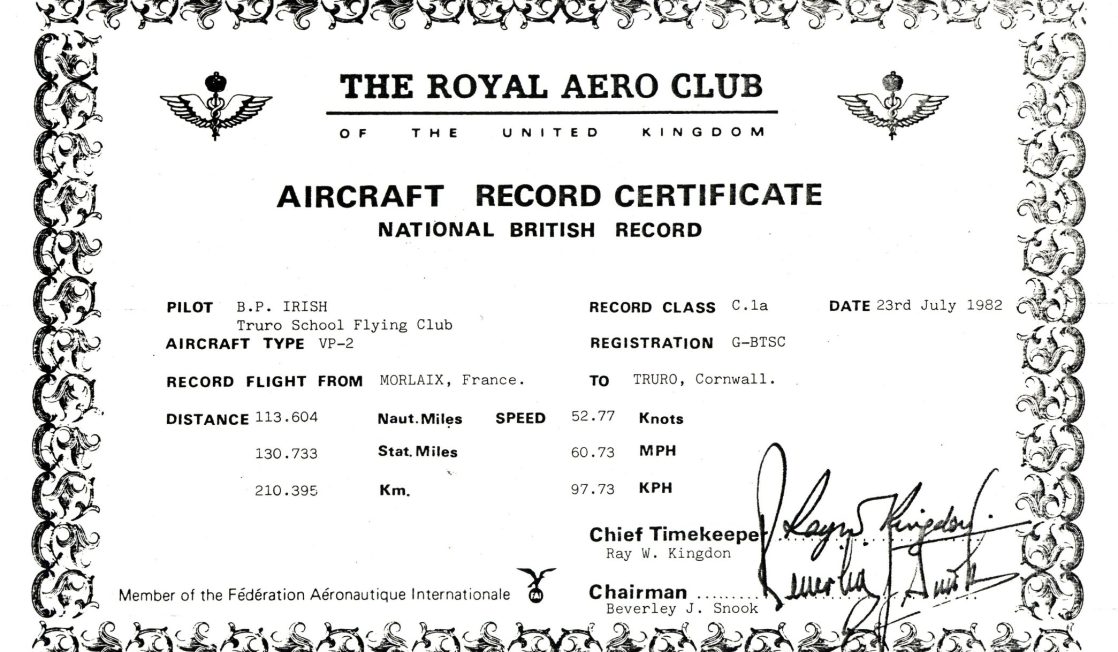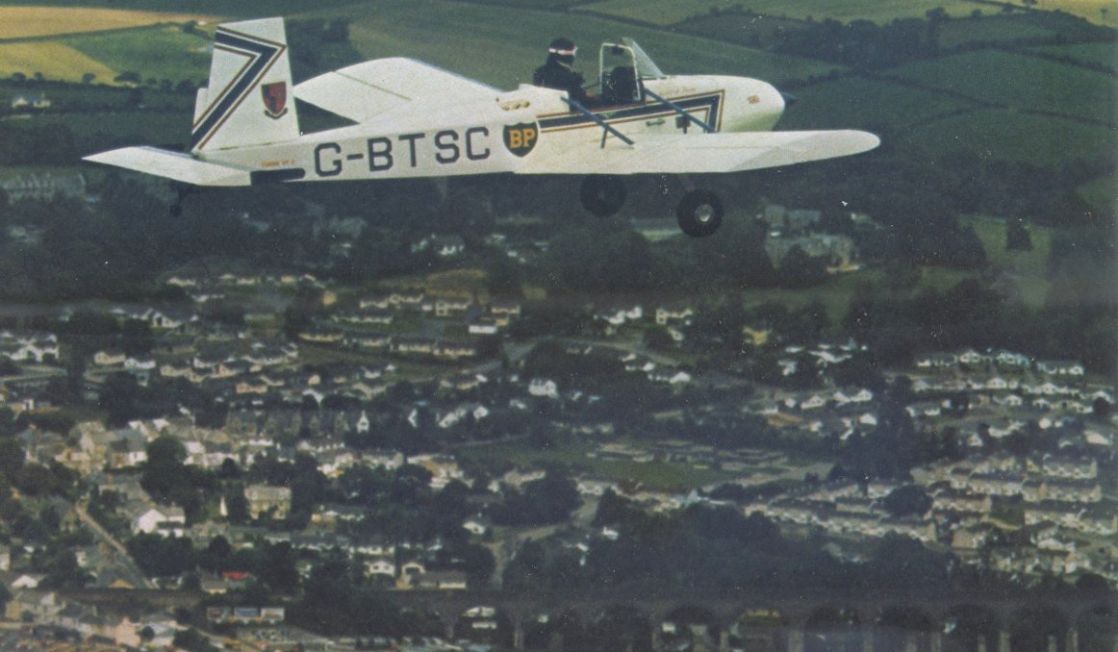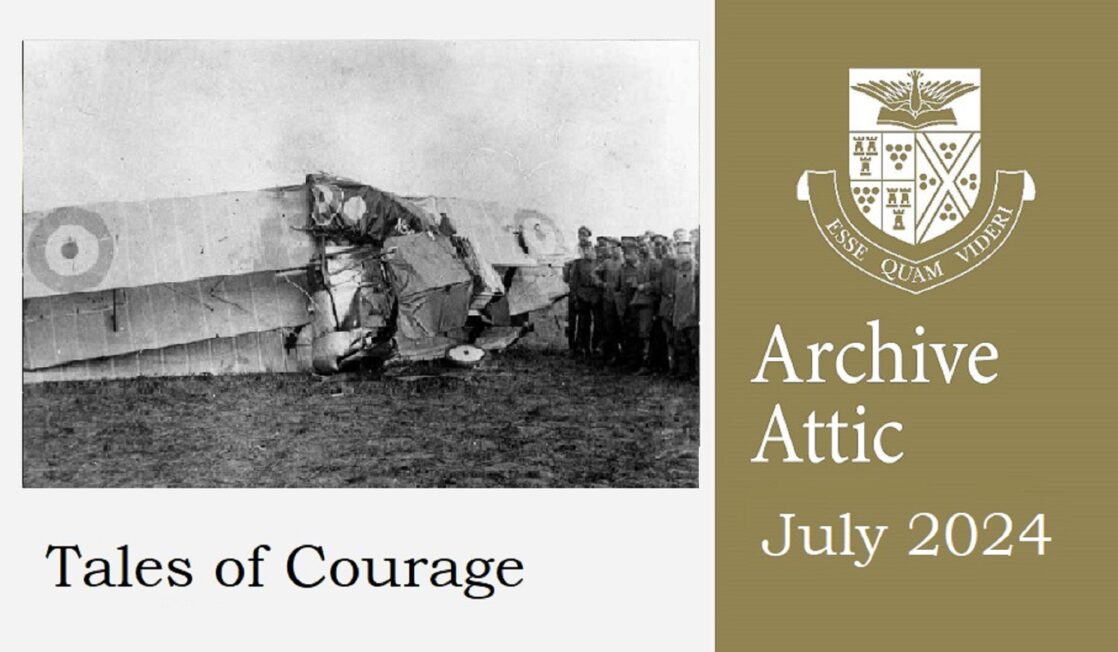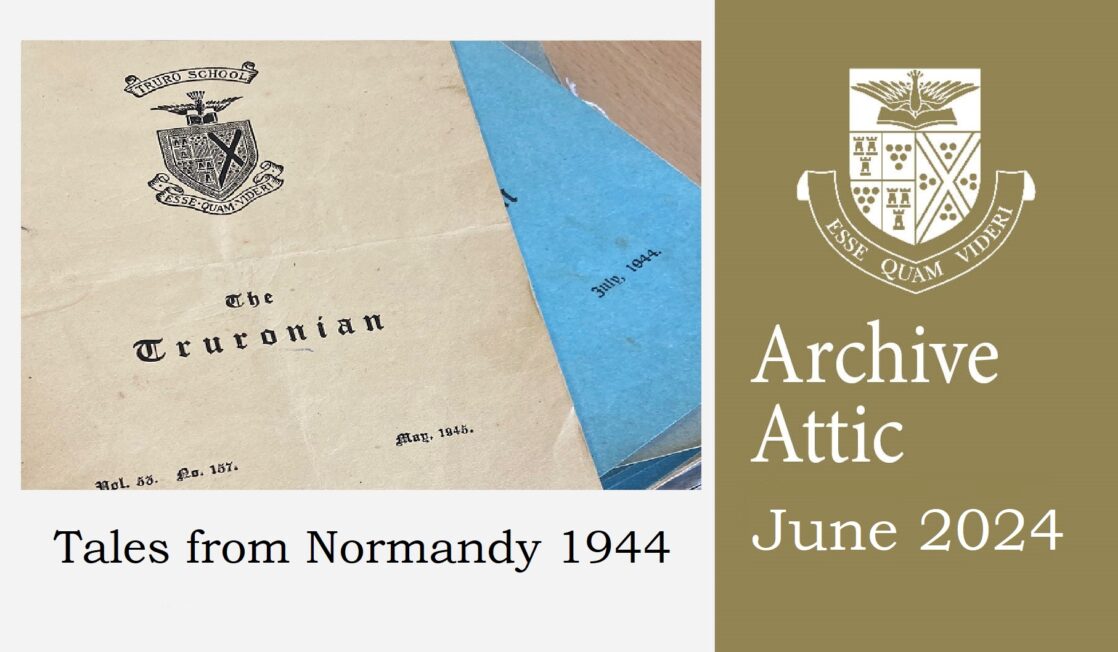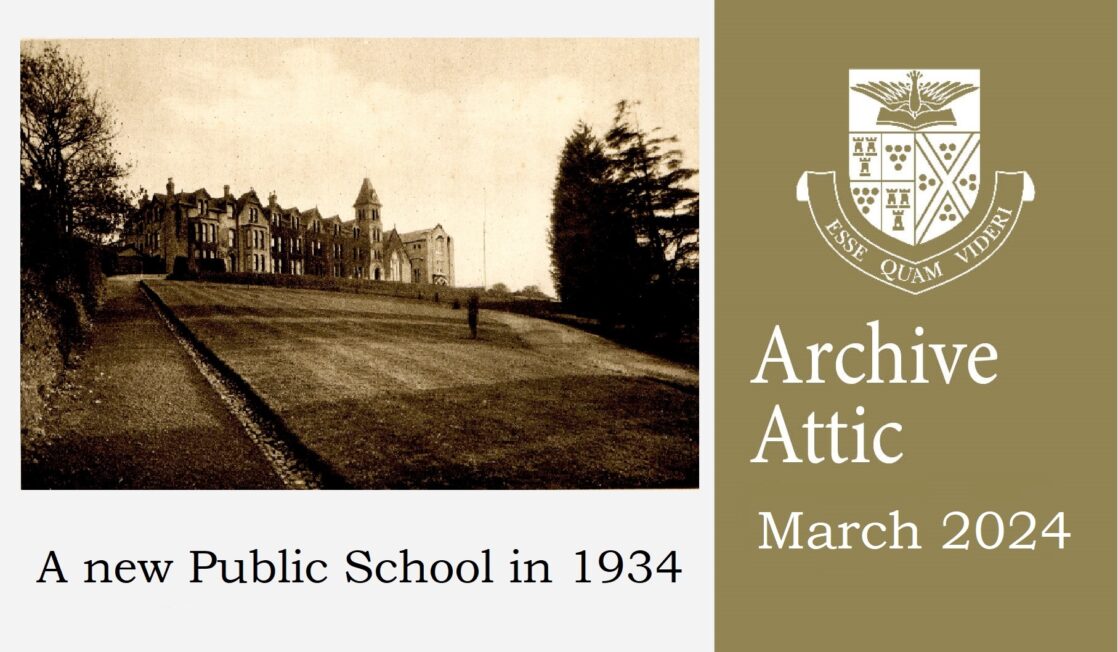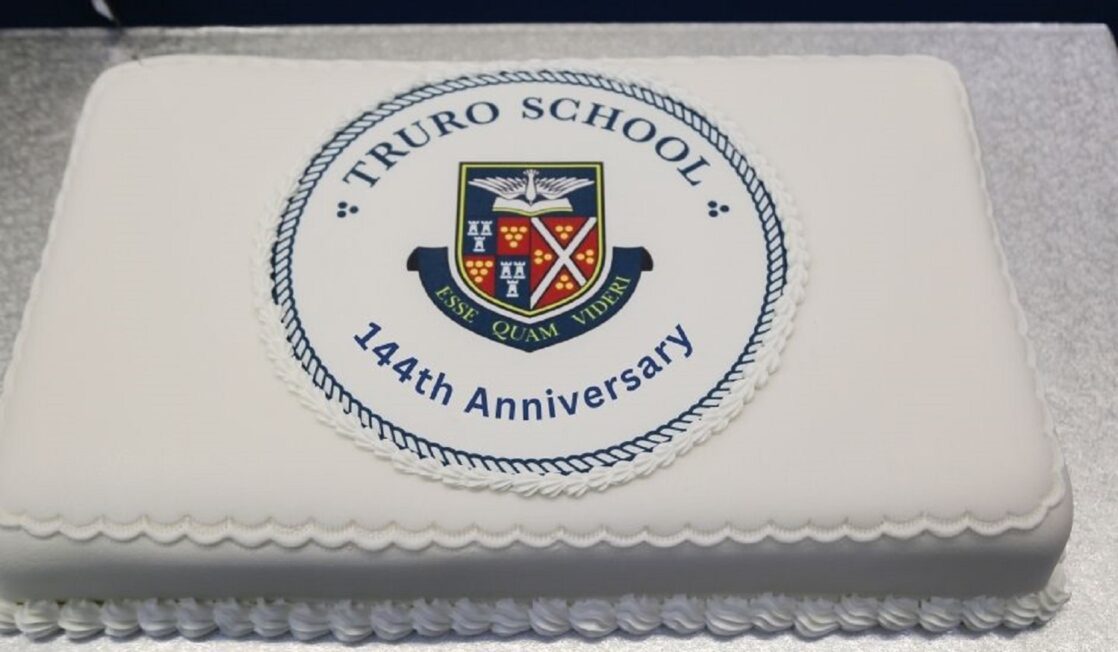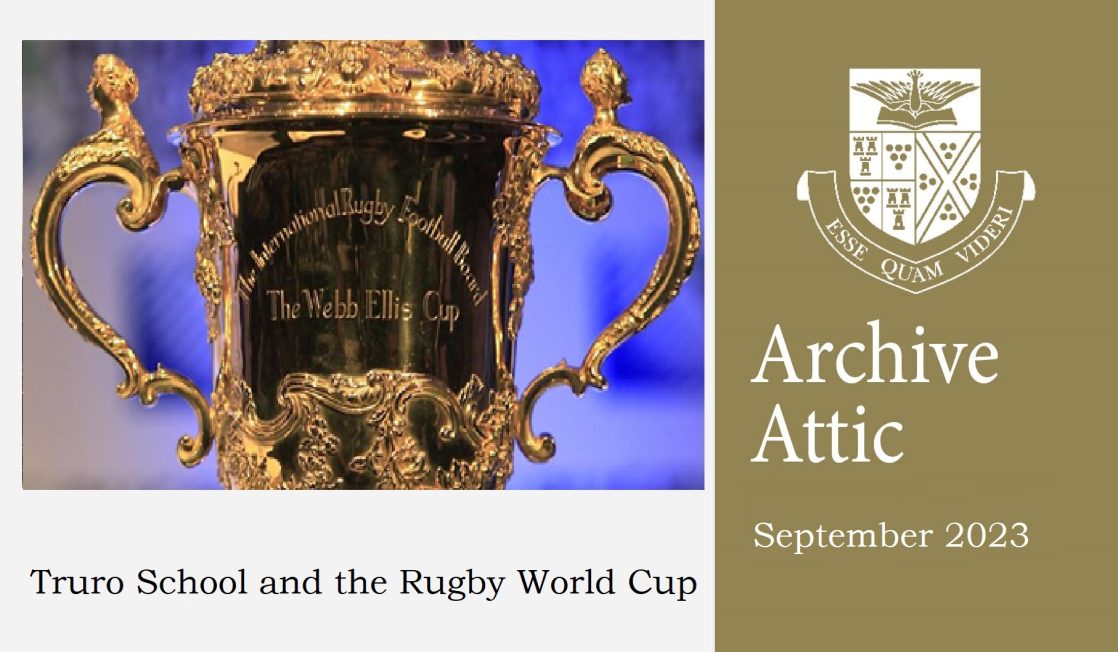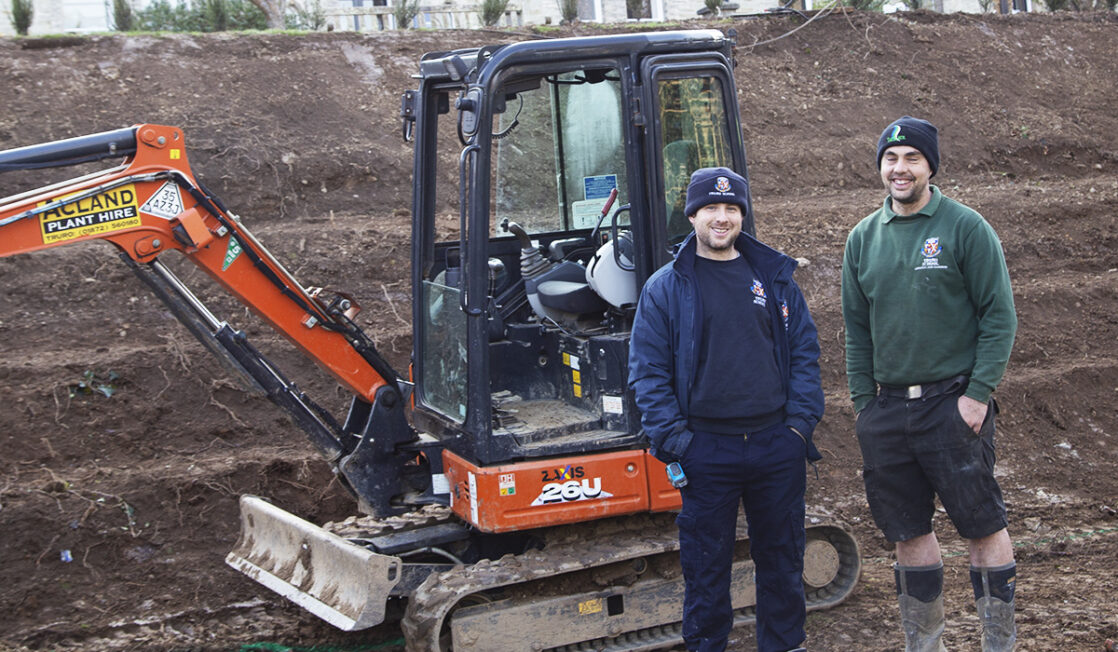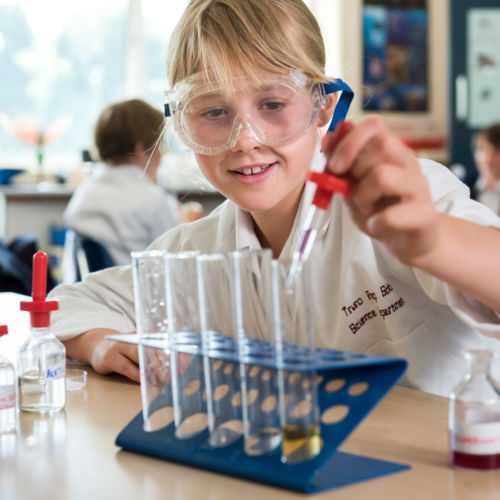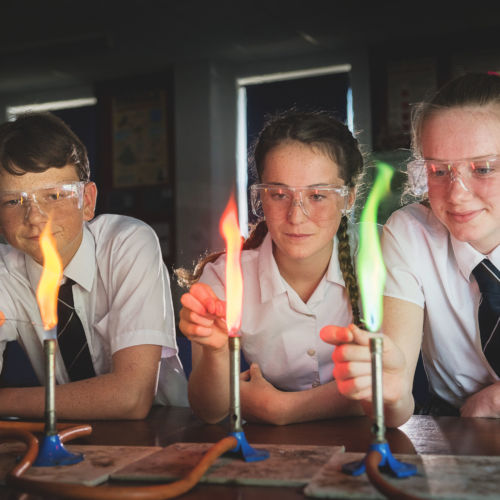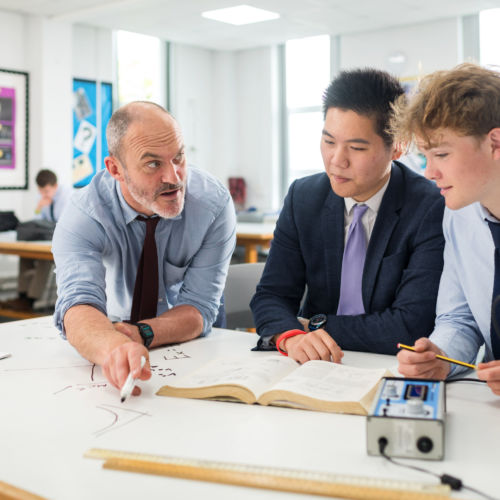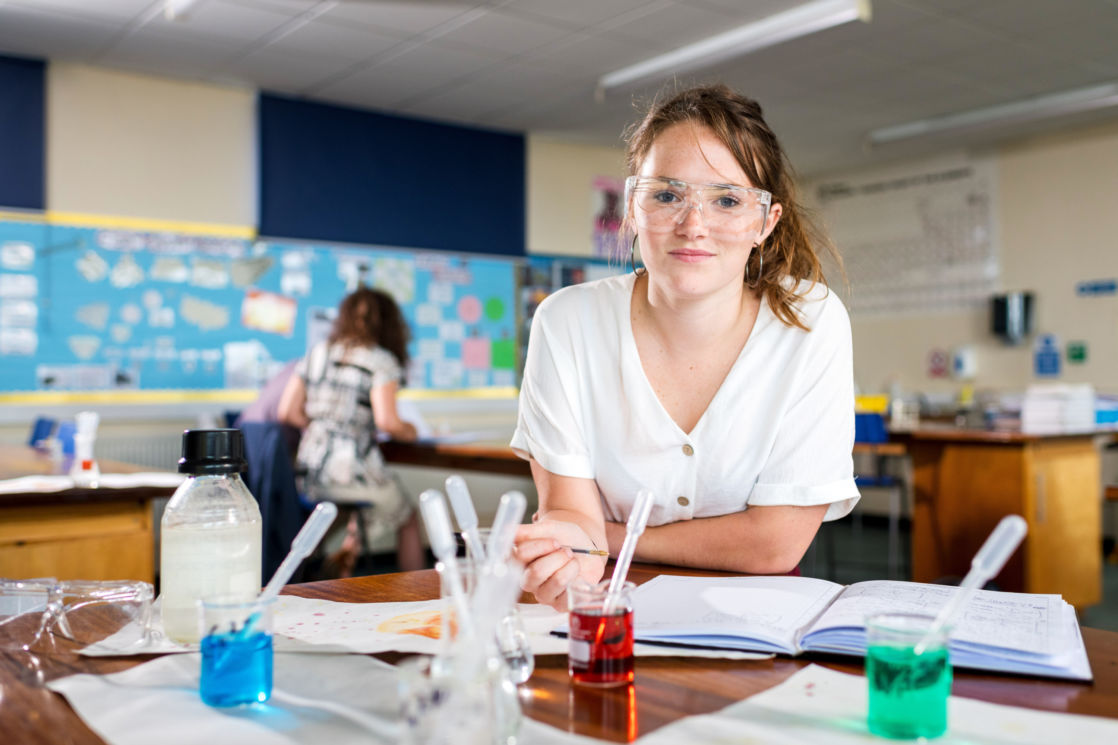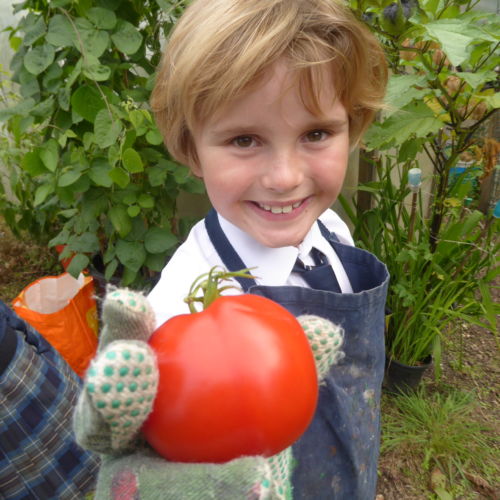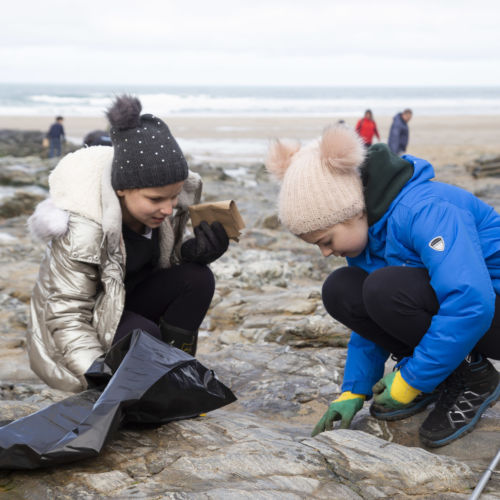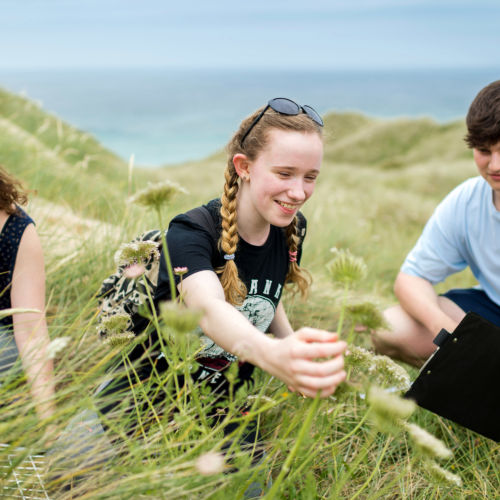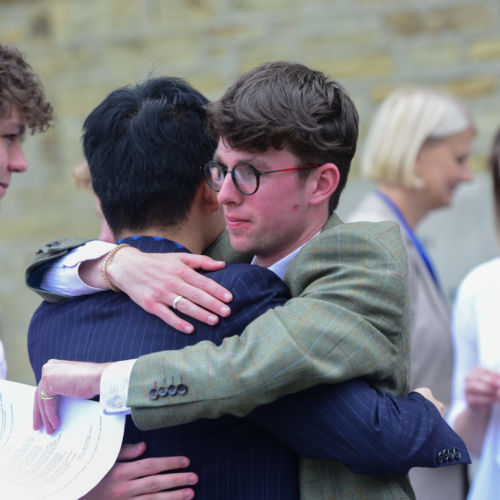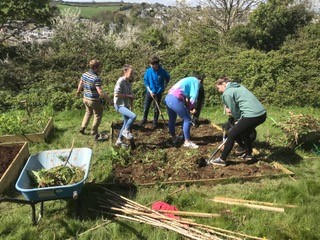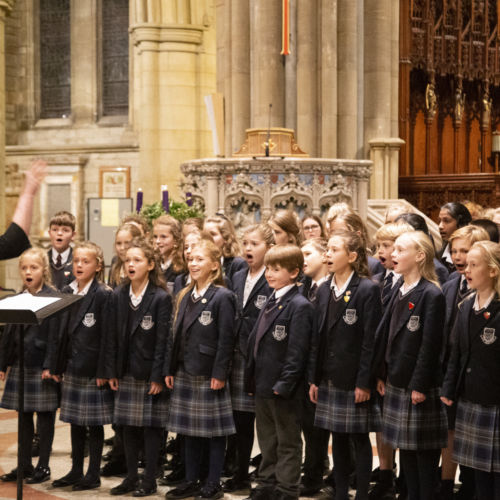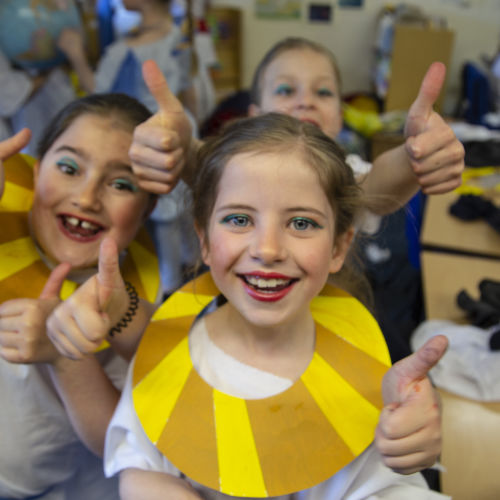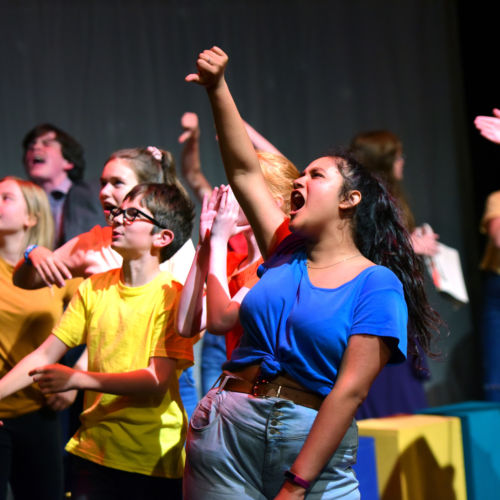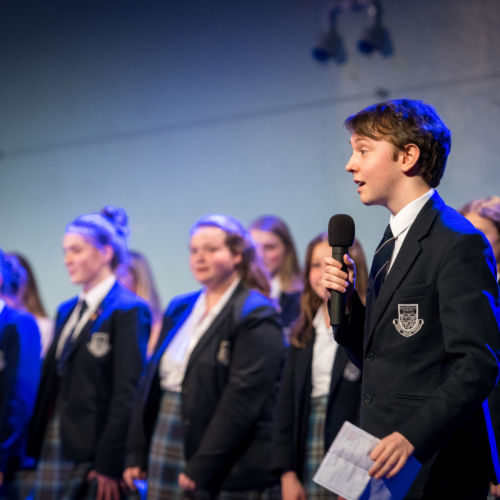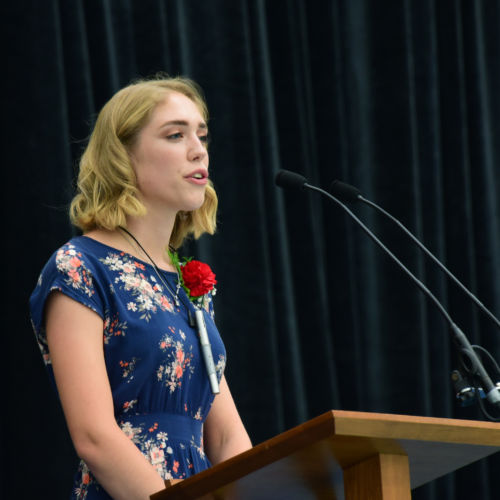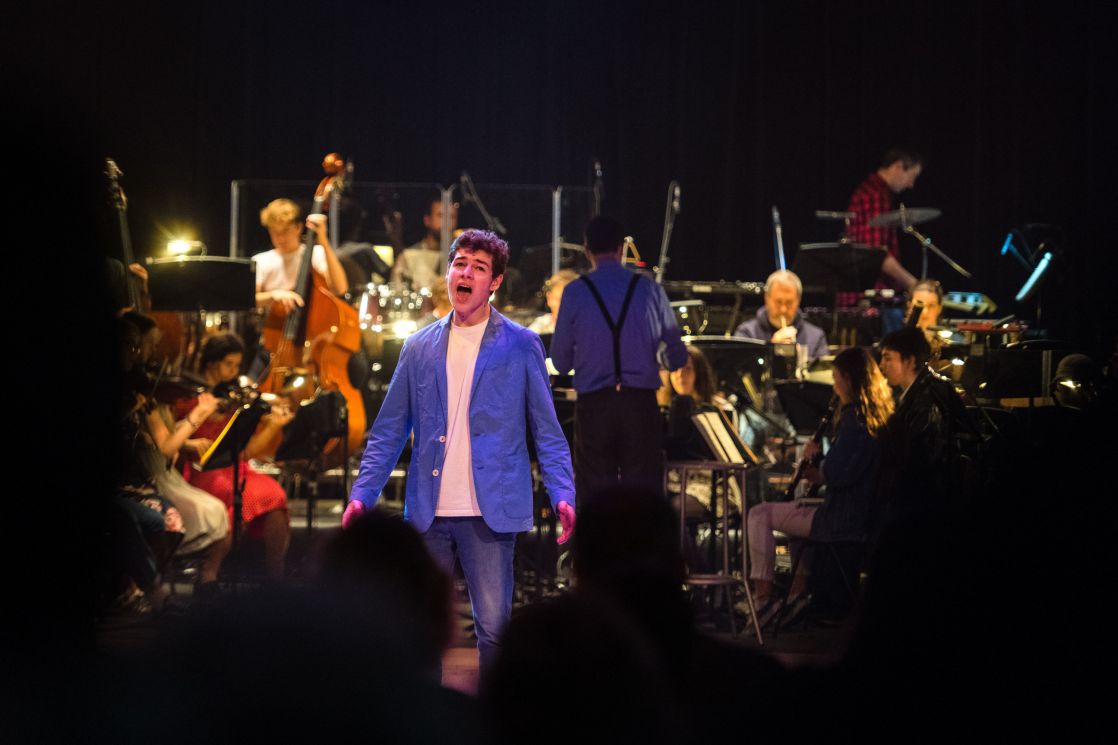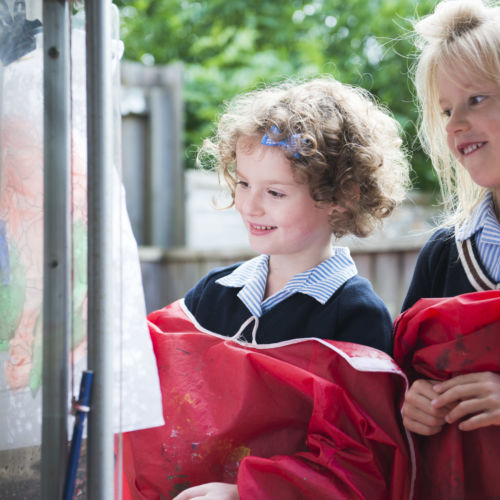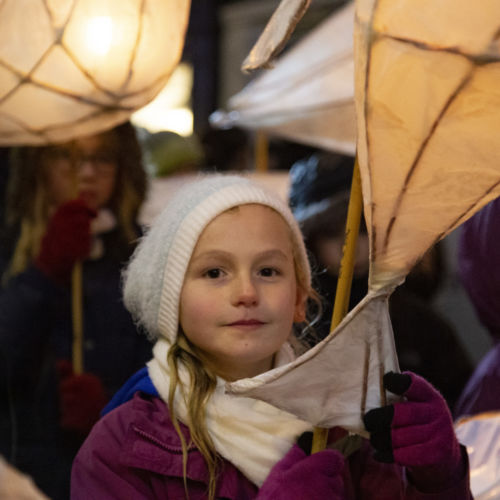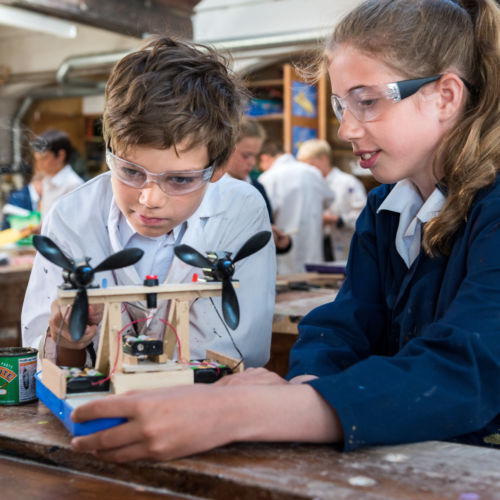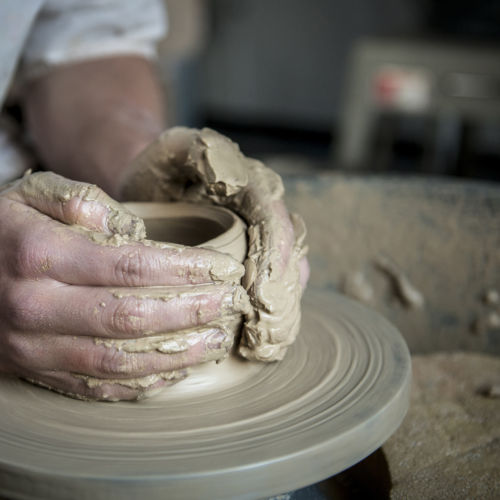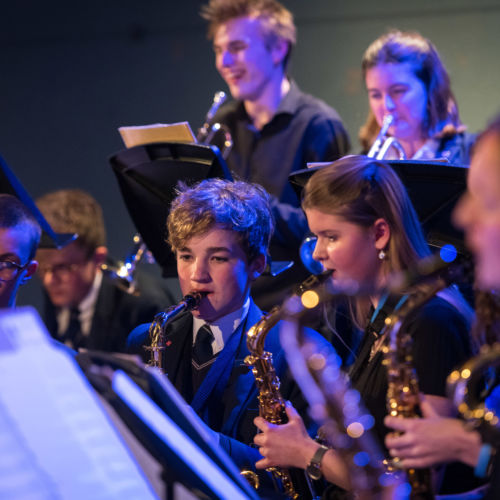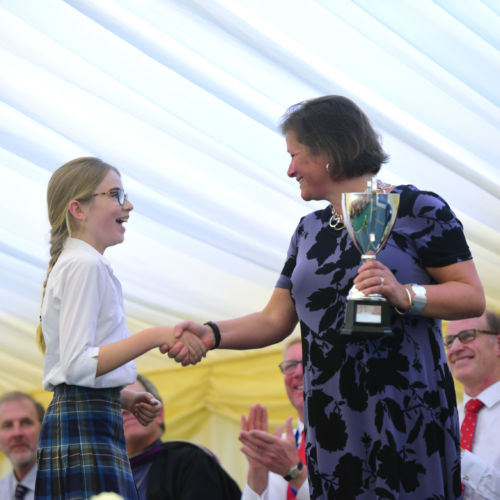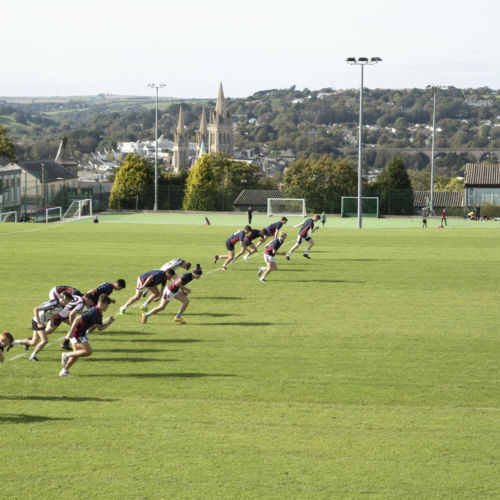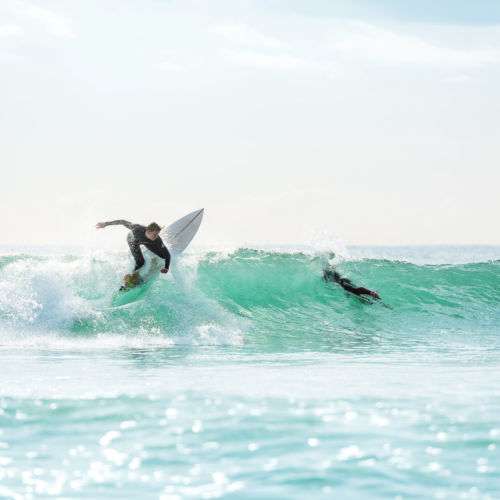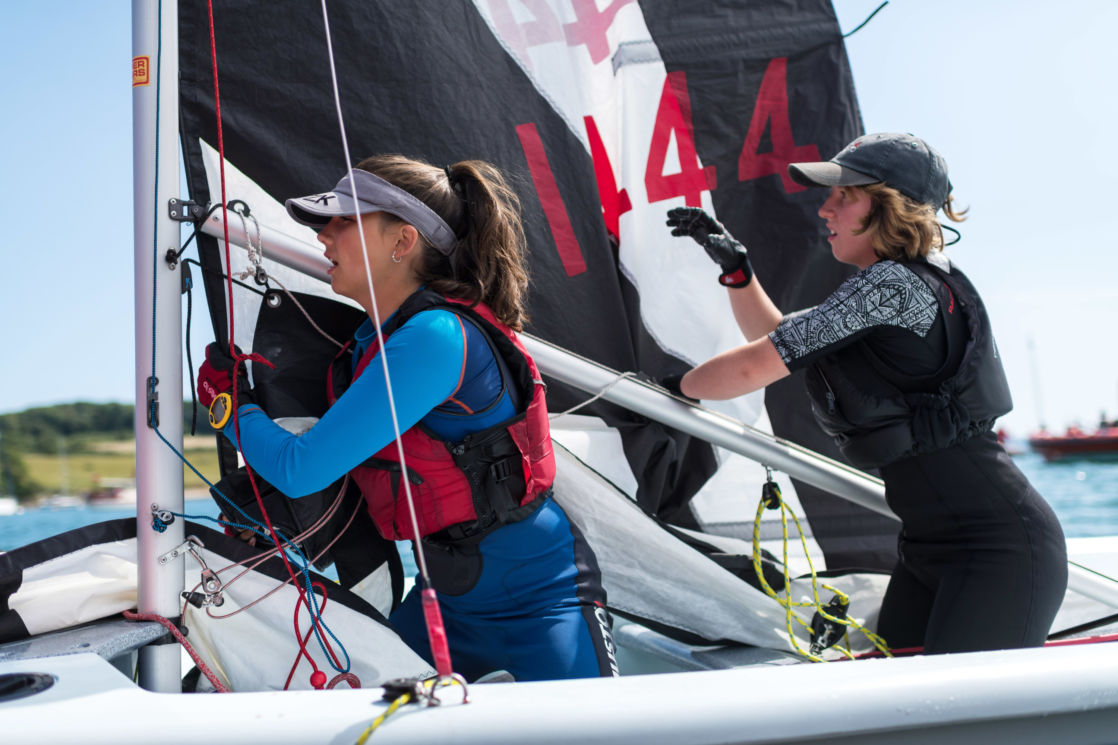120 years ago in 1902
Speech Day Tuesday July 29th
‘The Rev. E.D. Green, MA, opened the proceedings with a hymn and prayer, after which the boys sand ‘The Soldiers’ Chorus’ and Mr A Lyne, Mus. Bac, gave a masterly rendering of two of Chopin’s ‘Valses’. R.E. Rigg welcomed the Chairman in a well-delivered Greek Speech, and T. Pryor gave a hearty greeting to Mr Pendarves in Latin.
‘…Mr Vinter presented the appended report:
‘The average number of boarders in the school for the past year is 67, and day boys 32. Though there is a slight decrease on the year, probably owing to the continuance of the South Africa War, we are hopeful as to numbers for the coming term….The new Chemical Laboratory had been highly commended by H.M. Inspectors of Secondary Schools, and he hoped in the course of the year to be able to offer equal facilities for the study of Practical Physics… An application has been made to the Board of Education to be recognised as a Secondary Day School. While it may be necessary to pay more attention to scientific subjects, we do not propose to neglect in any way the literary side our work – in which we have done so well. The two can be conveniently blended and the education made more complete. Every boy will be required to take some practical work in Science, and this we think will be a distinct advantage, as a boy will be taught the importance of observation and reflection…’
The Old Boys’ Memorial
‘At the close of the Prize-giving the ceremony of unveiling the Memorial to the Old Boys who had fallen in the war, was performed by Lieutenant Stanley Smith. The Memorial is an artistic piece of workmanship by Mr F.R. Pool, of the Cornish Hand-wrought Metal Company; it consists of a copper tablet, mounted on a walnut shield, with the College crest and motto, worked in copper, surmounting the tablet. Enclosed in a margin of laurels, and written in embossed letters on matted ground. With the Cornish coat of arms in the centre, are the names of those to whose memory the tablet is erected:- W.L. Champion, of Penzance, Nooitgedacht, December 15th, 1900; G.E. Hosking, of Pool, Vaal Kop, October 24th, 1901; Martin Magor, of Truro, Elandsfontein, March 2nd, 1901.’
* * * * * *
‘Arrangements were made for illuminating the College on a noble scale for the Coronation, but everything was of course postponed, and the illuminations took place on Speech Day instead. A select few had seen the Diamond Jubilee celebrations but to most the sight was a novel and unique experience, for the effect of 1,500 coloured lamps, set close and outlining the shape of the building, was beautiful in the extreme. From every point the effect was good, but finest perhaps from the bridge in Lemon Street. The College, in its setting of utter darkness, looked like a fairy palace suspended in mid-air, while the reflection in the motionless tide, which turned the gables and projections into minarets and spires, was yet more weird and fantastic, resembling some gorgeous Eastern temple set in gold and precious stones.’
Truro College Magazine, July 1902


